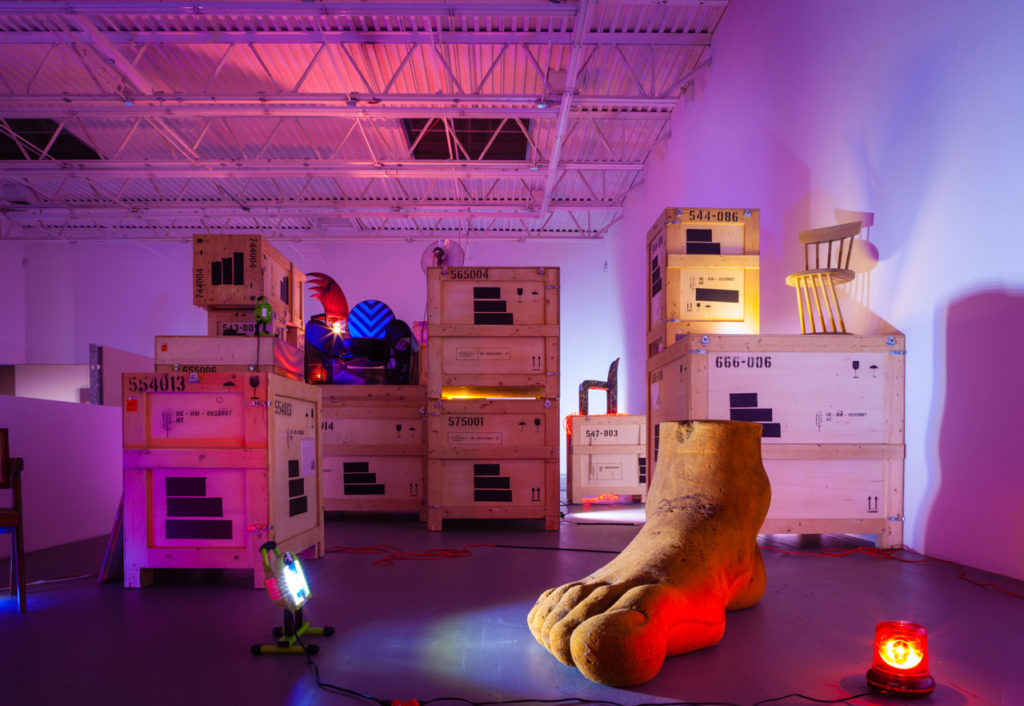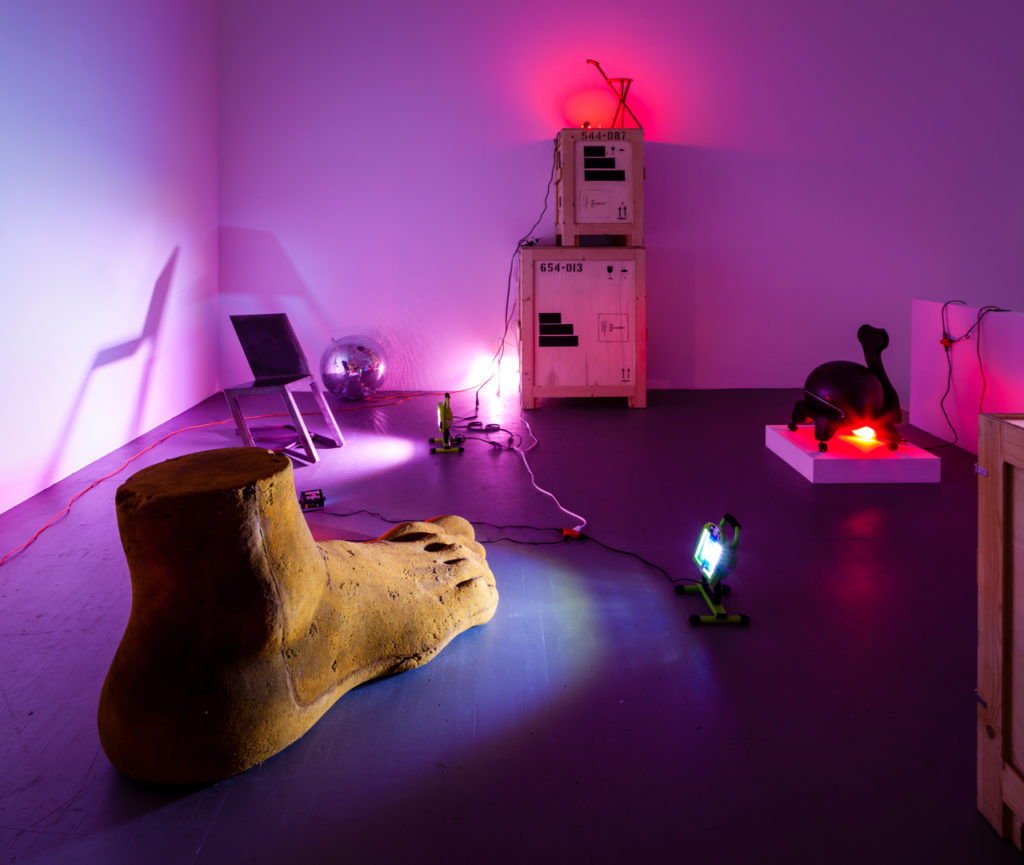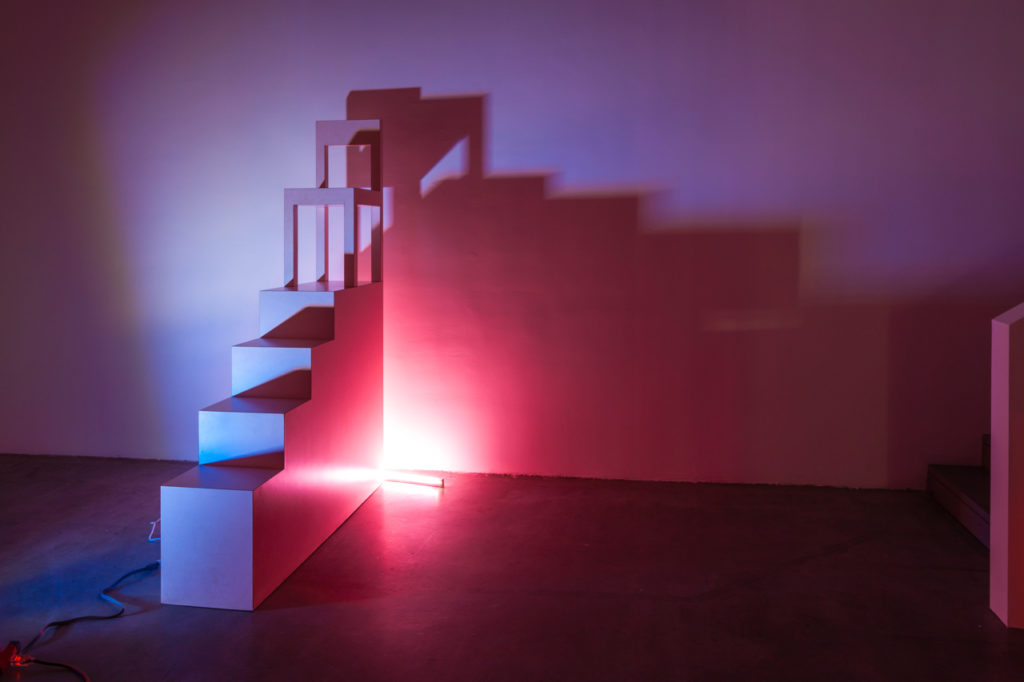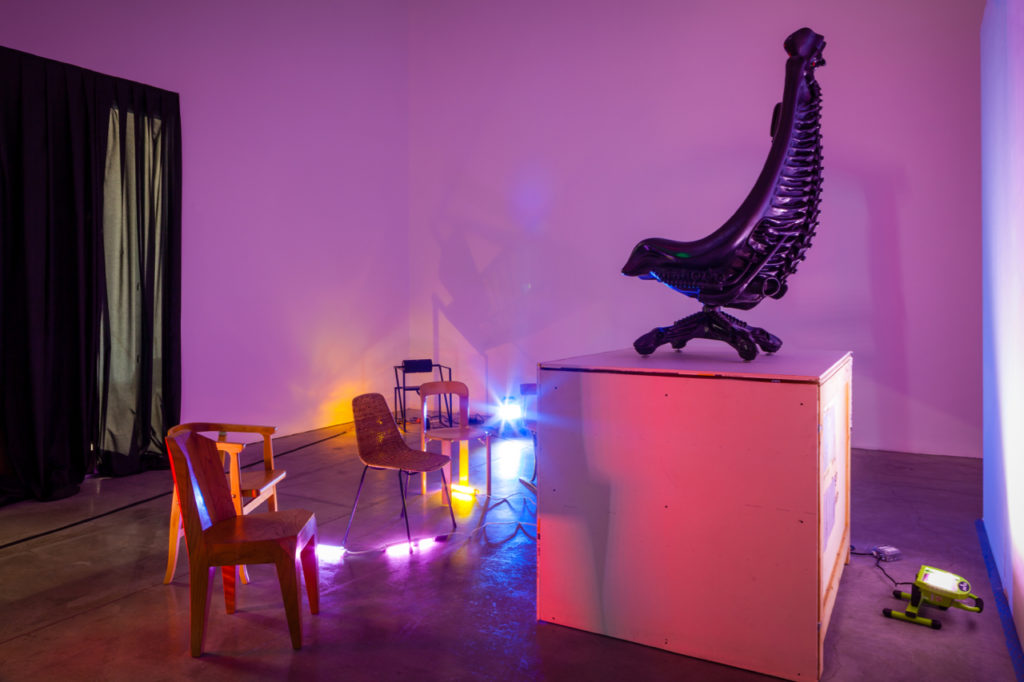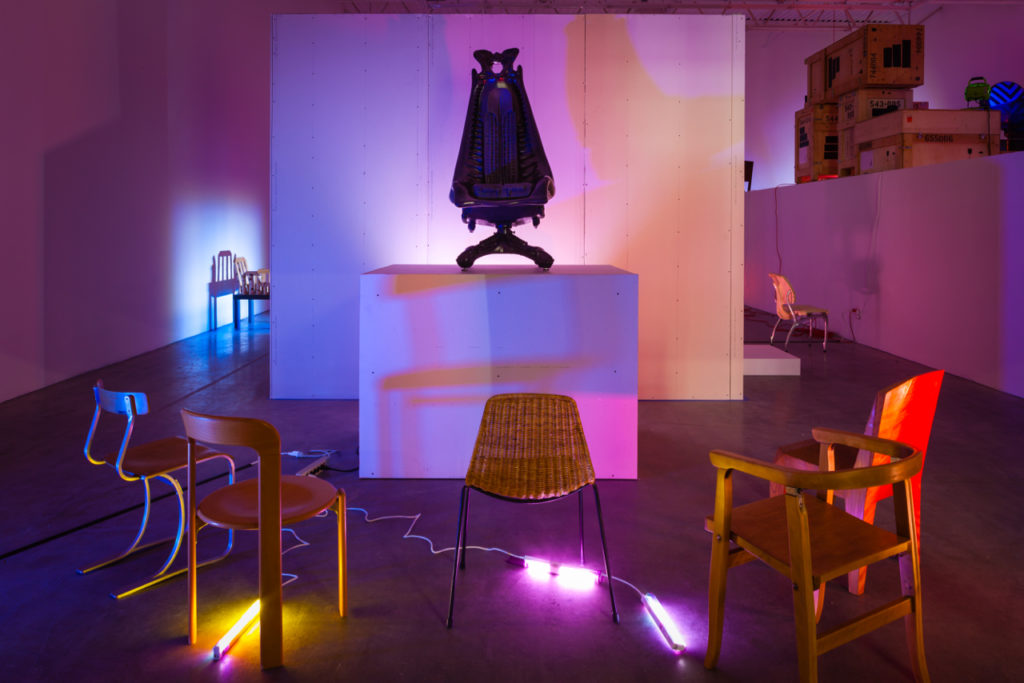Andreas Angelidakis
" Fin de Siècle" - Annual Design Series
September 17, 2014–November 23, 2014Swiss Institute of Contemporary Art, New York
Swiss Institute announces the inaugural edition of its Annual Design Series, an exhibition curated by renowned Greek-Norwegian architect Andreas Angelidakis entitled Fin de Siècle. A curatorial homage to Eugène Ionesco’s 1952 absurdist play “The Chairs,” the exhibition will include an eclectic array of late 20th century design pieces sourced from museum and private collections. Presented in an immersive mise-en-scène, this unique selection of chairs resonates with the drama of Ionesco’s tragic farce, 20 years after the celebrated avant-garde playwright’s passing.
The exhibiton will include pieces by Martine Boileau, Mario Botta, Andrea Branzi, Marcel Breuer, Nacho Carbonell, Oswald Dubach, H.R. Giger, Pierre Jeanneret, Charles-Edouard Jeanneret (Le Corbusier), Reto Kaufmann, Wilhelm Kienzle, Gian Franco Legler, Frédéric Levrat, Alessandro Mendini, NN, Paolo Palucco, Charlotte Perriand, Gaetano Pesce, Ugo La Pietra, Bruno Rey, Alfred Roth, Peter Shire, team form ag, Kurt Thut, Peter Truog, Robert Venturi, Lawrence Weiner, and Armin Wirth.
In “The Chairs,” an elderly couple recounts the demise of civilization to a stage full of empty chairs. Absent of any sitters, the audience is left to imagine the invisible figures that the increasingly incoherent Old Man and Old Woman address. In Fin de Siècle, the chairs themselves speak asynchronously, cast as characters and imbued with life. Directed into small vignettes of imagined conversations and actions that transcend periods and design movements, their dialogue echoes the modernist promise fading away.
Curator Andreas Angelidakis writes: “In our current moment of plurality and infinite flux, these objects from the past era of grand movements are juxtaposed with one another. Let us contemplate their inaudible conversations.”
Highlights include seminal innovations in mass production by Marcel Breuer, Le Corbusier, and Armin Wirth; experiments in utopian design by Pierre Jeanneret; imaginative creations that extend reality by H.R. Giger and Alessandro Mendini; and whimsical splashes of color by Robert Venturi and Peter Shire.
At this moment the audience would have in front of them … empty chairs on an empty stage decorated with streamers, littered with useless confetti, which would give an impression of sadness, emptiness and disenchantment such as one finds in a ballroom after a dance; and it would be after this that the chairs, the scenery, the void, would inexplicably come to life … upsetting logic and raising fresh doubts. –Eugène Ionesco
Swiss Institute thanks the lenders to the exhibition, Vitra Design Museum and Dennis Freedman.
About Andreas Angelidakis
Trained as an architect, Andreas Angelidakis switches roles between artist, curator, architect and teacher. His multidisciplinary practice often focuses around the internet, and the perceptive and behavioral changes it has brought about. Recently, Angelidakis worked at Garage, Moscow on a space for the exhibition of instruction-based artworks DO IT; curated and designed a survey exhibition of the Dakis Joannou collection at DESTE foundation in Athens; designed a show of contemporary magazines at the Haus der Kunst in Munich; and created the installation Crash Pad, which acted as the preliminary statement for the 8th Berlin Biennial. Angelidakis’s work is currently the subject of a retrospective exhibition at the National Museum of Contemporary Art in Greece. It is also part of the Greek Pavilion at the 14th Architecture Biennale in Venice. Upcoming shows include Period Rooms at the Niuewe Institut, Rotterdam, and designing the exhibition architecture for a survey exhibition of film director Alejandro Jodorowsky at the CAPC in Bordeaux.
